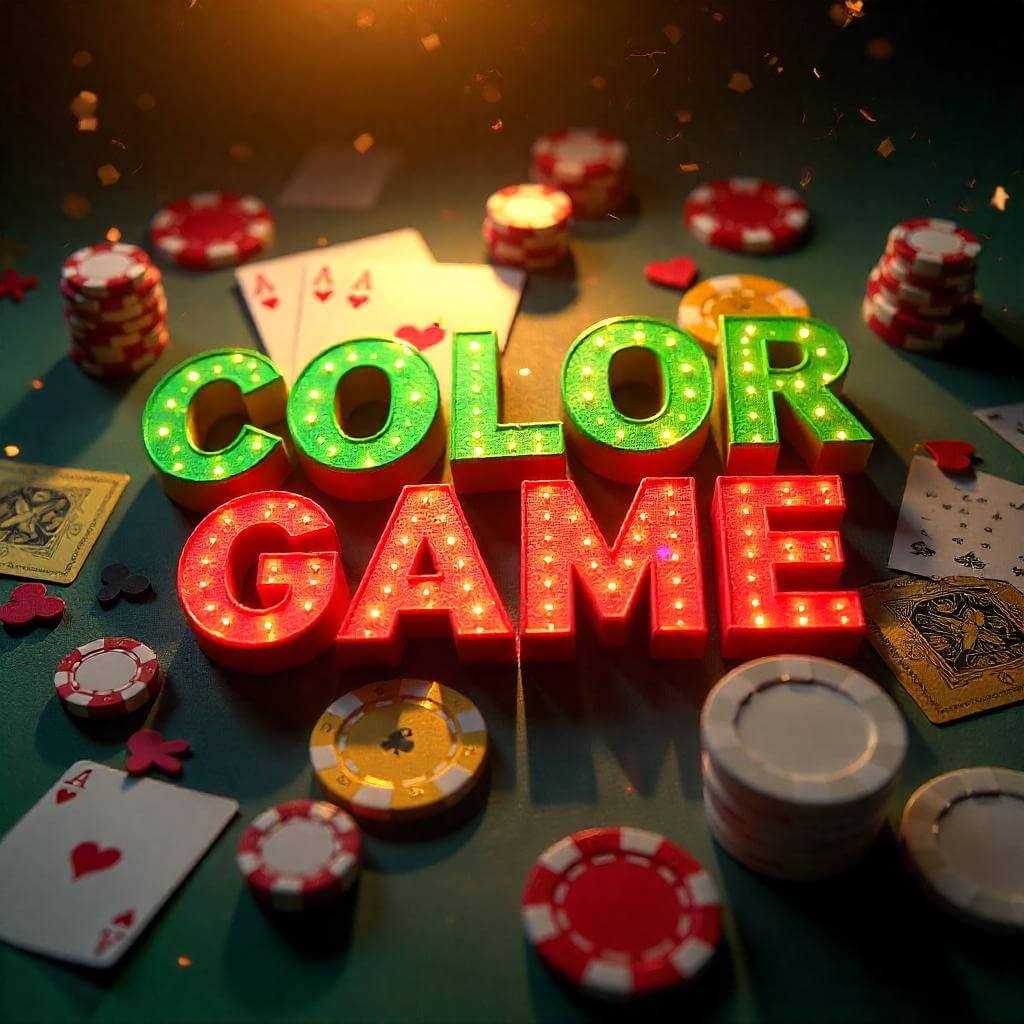Learn about the innovative approaches in 2025 centered around probability, statistics, and decision making, and how Colour Game Info helps students master them using immersive gameplay.
Education has connected with futuristic tools and presents new methods to improve students’ interaction with learning. This helps students develop vital skills that would help them in life. When it comes to strategies associated with prediction and pattern recognition, Colour Games have been introduced as powerful educational tools. Games of chance have always been considered either innocent fun, or something that should be avoided. However, there is an ongoing trend of repurposing these tools to teach probability, statistics, and strategic decision-making.
In this article, we shed light on how Colour Game Info 2025 is spearheading this educational paradigm shift and explore the possibilities and ethical implications of color games in classrooms and e-learning settings.
What Are Colour Games?
Colour Games comprise of any electronic or physical game in which the player makes selections or predictions from colored options such as green, red or blue. Most games of chance like roulettes and lottery draws tend to follow some sort of probabilistic stratagem, which require some degree of strategy, forethought, analyzing patterns, and chance.In a classroom setting, the following topics are taught:
Introduction to Probability
Risk Evaluation
Statistical Analysis
Pattern Identification
Basic Principles of Game Theory
Educational Prospect in 2025
With time, game developers and educators have come to appreciate the teaching potential of Colour Games, and adopted these in schools and online learning platforms. By 2025, modified versions of Colour Games will be widespread as to teaching math in a more natural intuitive manner.
Some highlighted advancements include:
Colour Game Integration: Colour Games are now part of exercises in middle and high school probability classes.
Game-Based Learning: Edutainment apps place learners in simulation games where they make decisions and interact with real-world scenarios.
Machine Learning: Algorithms adjust the level of the games to the progression of each learner individually.
Utilizing Colour Games for Teaching Probability
- Shifting the Perception of Randomness
For student’s understanding of probability, one of the hurdles is helping them to actually perceive randomness. Colour Games resolve this issue by offering immediate feedback based on chance. In a simple red-blue-green game for instance, students have the opportunity to visualize outcomes over hundreds of rounds; students can actually understand the concept of expected frequency.
- Hands-on Practice
In one of the approaches to teaching probability, learners can conduct simulations with multiple sample sizes to observe how fixed probabilities converge over time. This is an application of the law of large numbers which can be difficult to grasp in theory.
- Data Analysis
While students record outcomes, they learn to do the following:
Construct frequency tables
Graph data using bar graphs and pie charts
Determine values of percentages and probabilities
Such activities are automatically performed in the context of data literacy and statistics, which are mandatory in today’s teaching curriculum.
Teaching Decision Making with Games
Aside from numerical operations, Colour Games offers engaging ways of teaching strategic thinking and analysis.
- Risk and Reward
In games involving points or virtual prizes, students have to decide whether to play conservatively to maximize gains, or spend points and start taking risks. This emulates real-life investing, planning a career, or managing resources.
- Pattern Recognition Versus Randomness
Certain versions of the Colour Game have patterns that occasionally repeat with students needing to decide if the emerging patterns are coincidences. Inclusions the study of cognitive bias and pattern detection.
- Group Decision Making Activities
Teachers can utilize competitive/simulated gameplay to promote collaboration, negotiation, consensus, or even group probabilistic decision-making.
Case Studies: Colour Game Info in action
- Digital Classrooms in Philippines
Starting in 2025, a pilot project was implemented in several Filipino schools wherein Colour Game apps were integrated into math classes. Engagement levels were noted to increase by 25% along with improved comprehension surrounding term probability.
- E-Learning in European Geography
EduFun and SkillMatics are other e-learning platforms where students may access Colour Game modules for logic and mathematics courses on SkillMatics. Feedback shows pupils consider these games to be both enjoyable and cognitively challenging.
Strategic Constraints
Despite the educational advantages that Colour Games present, it is imperative to:
Avoid Gambling Narratives: Do not incorporate real money or other highly addictive features.
Preserve Honesty: Teachers need to explain that the reasons given for winning or losing a game are by chance, not merit.
Age Appropriate: Children friendly design and educational objectives need to be applied.
Best Educator Advice Suggestions
These outcomes might be relevant, especially if you are looking to add Colour Games to your teaching resources in 2025. Furthermore:
Begin with Easy Games: Start with simple 3-color arrangements and progress to complex variations.
Relate the Results to Learning Objectives: Always ensure results have set goals, including but not limited to probability calculations or decision-making matrices.
Use Strategy to Discuss Outcomes: Use strategies where students can talk about the strategies they used, what their outcomes were, and what they learned.
Measure Outcomes: Make use of analytics provided by the game in tracking understanding of a pupil and thereby adjusting teaching.

Conclusion
As teaching and learning activity are innovatively reinvented, Colour Games have found an application in the curriculum. These games incorporate fun and active participation and allow students to comprehend difficult concepts such as probability and decision making in a more natural and lasting manner.
Colour Game Info 2025 shows that with careful design and application, what was once merely an enjoyable activity can serve as an effective educational device. Taking into consideration the direction that we are headed in, color-based games will indisputably steady the foundation for future education.


